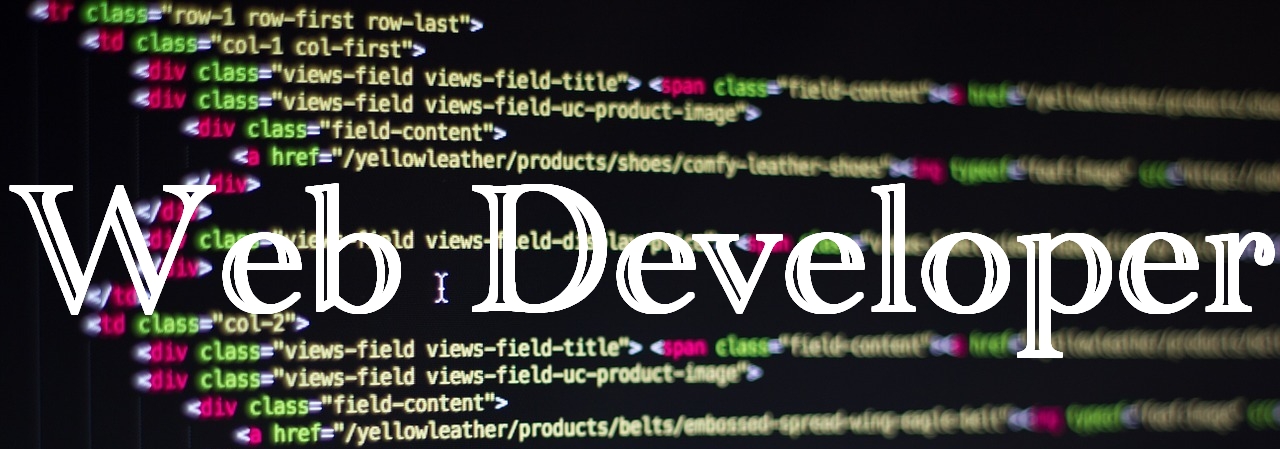
Every day, millions of people log onto Twitter. It’s an incredibly powerful platform, but it can also be overwhelming and confusing. Are you ready to make the most of this platform? Twitter has long been used as a tool for both personal connection and business promotion. Education marketers, financial services providers, tech firms, government organizations, and celebrities – Twitter helps all these industries to share their messages and interact with clients, customers, or even competitors.
Twitter is an essential platform for any social media manager looking to reach new audiences, gain free Twitter followers trial and understand their customer base more effectively. However, it requires a unique approach from other visual networks like Instagram and Facebook. In this article, we’ll explore the fundamentals of Twitter for effective engagement and how to create lovable content that resonates.
Most Important Things You Need to Know About Twitter as a Social Media Manager
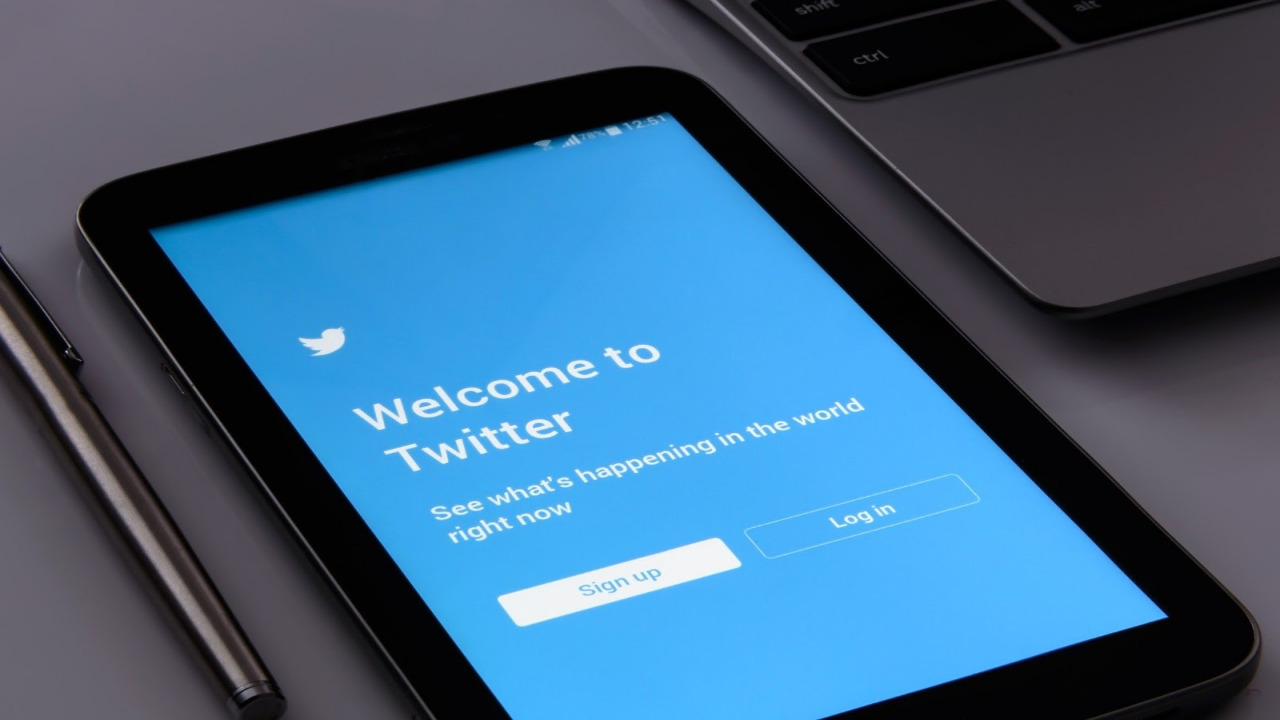
Twitter is an incredibly popular social media platform, and if you’re a smart social media manager, it’s essential that you understand how to use it. It’s not only a great source for finding content to share or new followers, but it also provides businesses with the chance to engage with their target audience. In this blog post, we’ll look at some of the most important things you need to know about Twitter as a social media manager.
Set Up Your Profile
The first step in using Twitter as a social media manager is to set up your profile so that people can find you when they do searches and follow your company’s account. Fill out all pertinent information – including your name, website link, profile photo, background photo, and video – so that it accurately represents who you are and what you stand for.
Determine Your Content Strategy
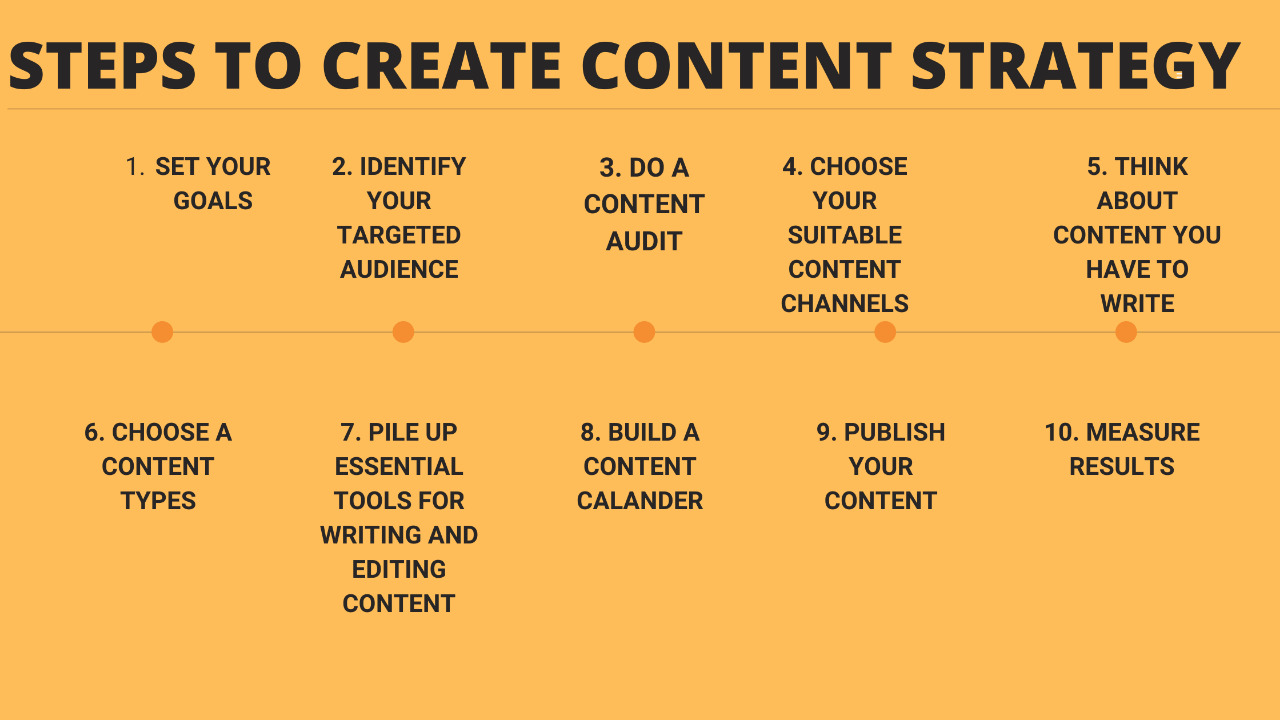
Next, think about what kind of topics or posts you want to share with your followers on Twitter. There are different ways to go about this depending on your brand or industry: You can focus on educational pieces (e.g., sharing facts or insights related to your niche); opt for an entertaining approach (e.g., funny snippets or memes); or build relationships by responding directly and engaging with other users (which could lead to free promotion).
Monitor Trends and Hashtags
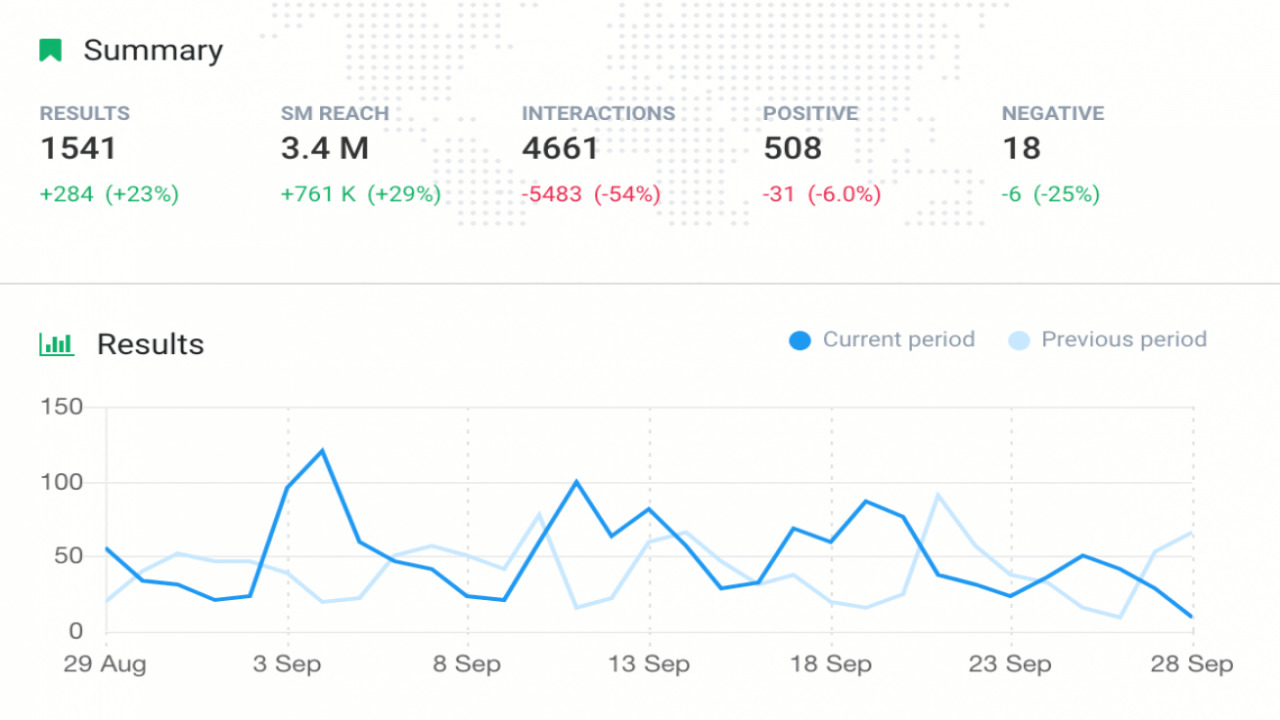
It’s good practice for any social media marketer on Twitter to keep tabs on industry-related trends and hashtags throughout the day—what’s trending among other accounts? Who are the influencers in this space talking about? Following conversations around hashtags—especially those connected to certain topics—can help generate ideas for new posts; if necessary, create your own hashtag momentum too!
Know When to Tweet
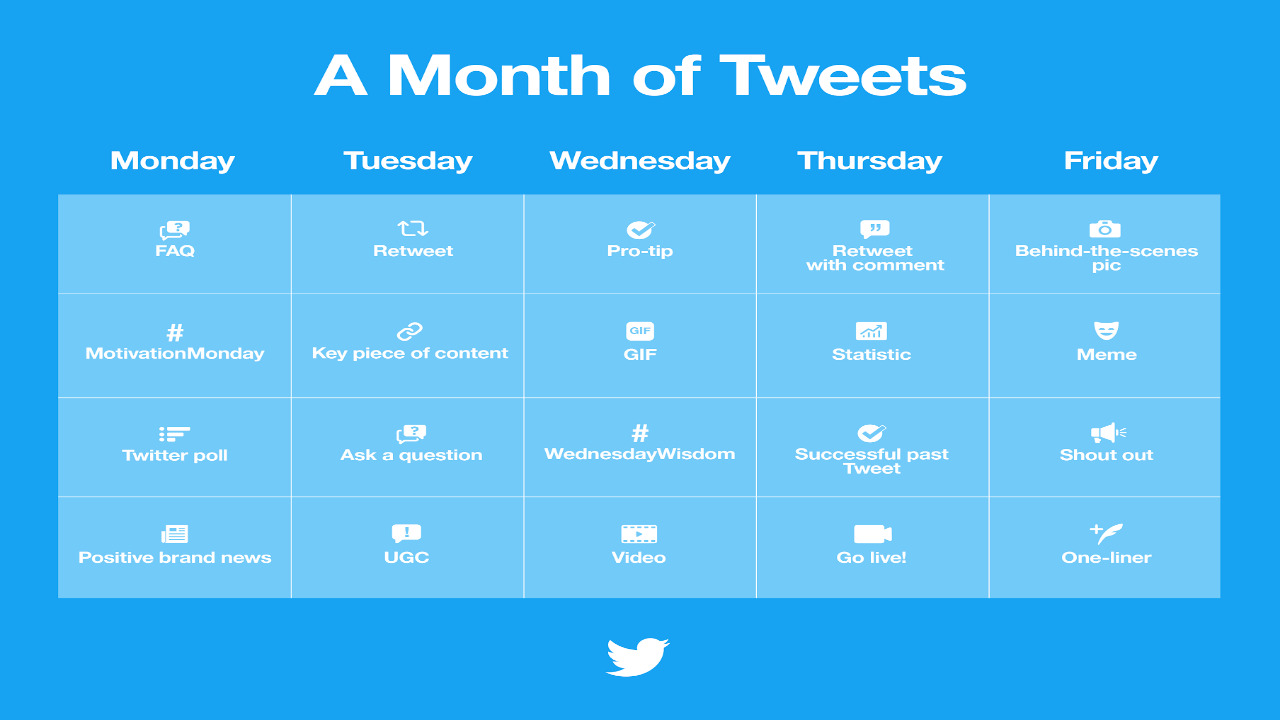
Although there isn’t one universal rule when it comes to timing tweets right, data has suggested that Thursdays around noon and 5 p.m., and Fridays between 9 a.m.—2 p.m., tend to be peak tweeting times for most Twitter audiences across industries, according to Hootsuite analysis of 2016 data from over 40 million tweets from over 100,000 brand accounts from across several industries—including business and finance, marketing, retail news sites, etc. So tailor when you publish Tweets accordingly!
Analyze Your Performance
Taking time at intervals throughout the month (or even week) will be necessary if you want to get analytics reports showing how effective your tactics were within different goal types on Twitter, such as engagement rate per tweet; average retweets; average likes; earning potential; top performing campaign outcomes, etc. It pays dividends in the long run if you monitor these types of stats regularly!
